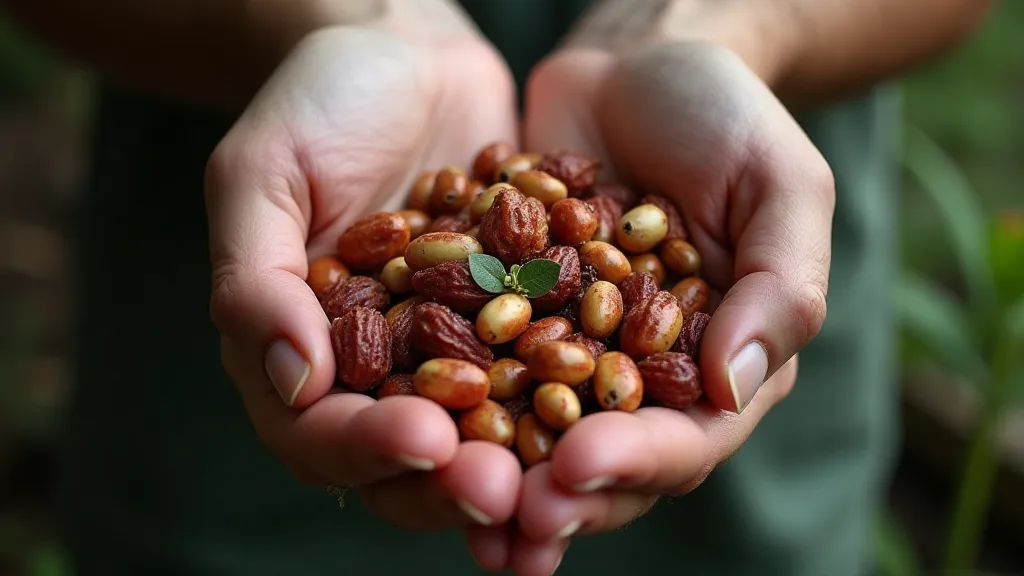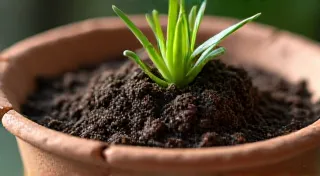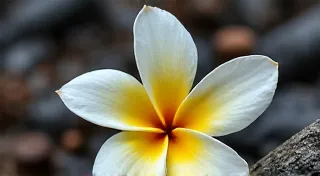Beneath the Bloom: The Hidden World of Heirloom Bean Roots
There’s a particular kind of resonance, a feeling of connection to the past, that I find when I’m surrounded by old things. Not just any old things, but objects crafted with intention, objects that speak of a time when ingenuity and artistry weren't sacrificed at the altar of mass production. For me, it's antique accordions – the burnished keys, the bellows whispering tales of dance halls and joyous celebrations, the intricate mechanism humming with the ghosts of melodies long past. And I feel a similar reverence when I think about heirloom beans. They, too, carry that same weight of history, a quiet testament to the dedication of generations who nurtured them.
Most gardeners focus on the above-ground beauty: the vibrant flowers, the burgeoning pods, the promise of a flavorful harvest. But what about what lies beneath? What about the intricate, vital network of roots that anchors these living legacies and draws sustenance from the soil?
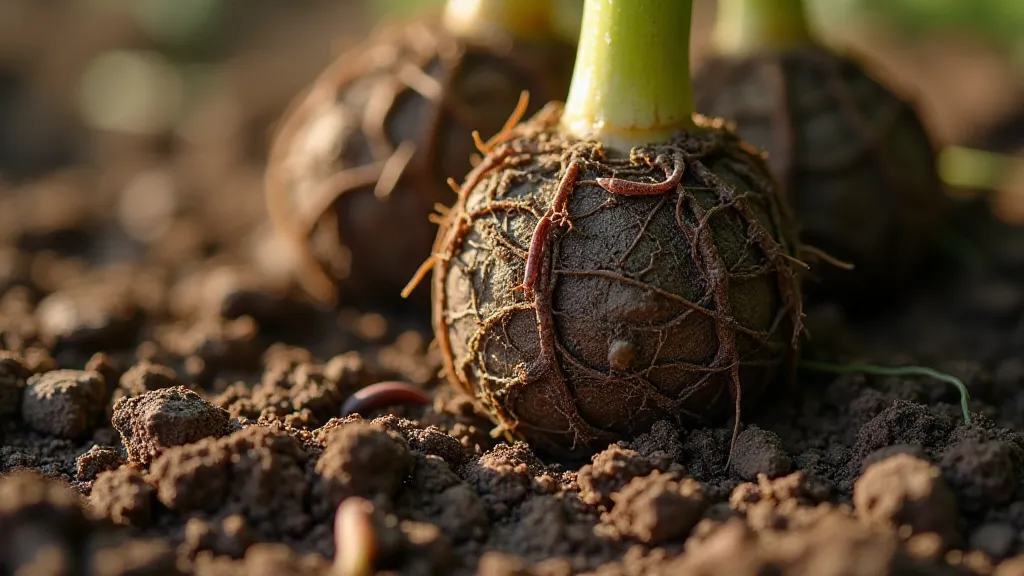
The Legacy of the Bean: A Historical Perspective
Heirloom beans aren't just delicious; they’re living artifacts. Unlike modern hybrid varieties, bred for uniformity and yield, heirlooms have been passed down through families, communities, and regions for generations. They represent a connection to our agricultural heritage, a time when farmers selected seeds based on flavor, adaptability, and resilience, rather than solely on commercial appeal. Think of the Scarlet Runner Bean, its crimson flowers a welcome sight in Victorian gardens, or the Jacob’s Cattle Bean, a stunning tri-color variety cherished in New England. Each bean embodies a story, a lineage rooted in specific climates and cultural practices.
My own fascination with heirlooms began with my grandfather. He was a quiet man, a farmer in the truest sense of the word, and he believed in preserving the traditions he’s inherited. He had a small patch dedicated solely to heirloom varieties, a vibrant tapestry of colors and textures unlike anything I’d ever seen. He would tell me stories about each bean – where it came from, what it tasted like, how his father had grown it before him. Those stories instilled in me a deep respect for the past, and an understanding that food is so much more than just sustenance; it’s a connection to our history, our community, and the land that sustains us.
The Root of the Matter: Function and Form
Now, let's delve into the often-overlooked world of bean roots. Like all plants, bean roots play a critical role in anchoring the plant, absorbing water and nutrients, and promoting soil health. However, the root systems of heirloom varieties often exhibit subtle yet significant differences from their modern counterparts. These differences are a testament to the selective pressures of generations of farmers, who prized varieties with robust and resilient root systems.
Generally, bean roots are a mix of taproots and fibrous roots. The taproot, a single, thick root that grows deep into the soil, is essential for accessing water and nutrients deep underground. Fibrous roots, branching out from the taproot, spread horizontally and absorb nutrients from the surface layers. Heirlooms, often adapted to less-than-ideal soil conditions, frequently develop unusually strong taproots. This allows them to thrive where modern varieties might struggle.
Furthermore, the health and extent of a bean plant's root system directly impacts the structure of the soil. As roots grow, they create channels that improve aeration and drainage. When roots die and decompose, they add organic matter to the soil, enriching it with vital nutrients. This process, known as root decomposition, contributes to the formation of humus, the dark, spongy substance that is the lifeblood of healthy soil. The fibrous root systems of heirloom beans, with their intricate network of branching, are particularly effective at contributing to this soil-building process.
Root Adaptations: A Reflection of Heritage
The specific root characteristics of an heirloom bean variety often reflect the environment in which it evolved. For example, beans from arid regions may have exceptionally deep taproots, allowing them to access water deep underground. Beans from mountainous areas may develop robust root systems to anchor them against strong winds and erosion. Observing these adaptations is like reading the history of a bean variety through its roots – a silent testimony to the challenges it has overcome and the environments it has conquered.
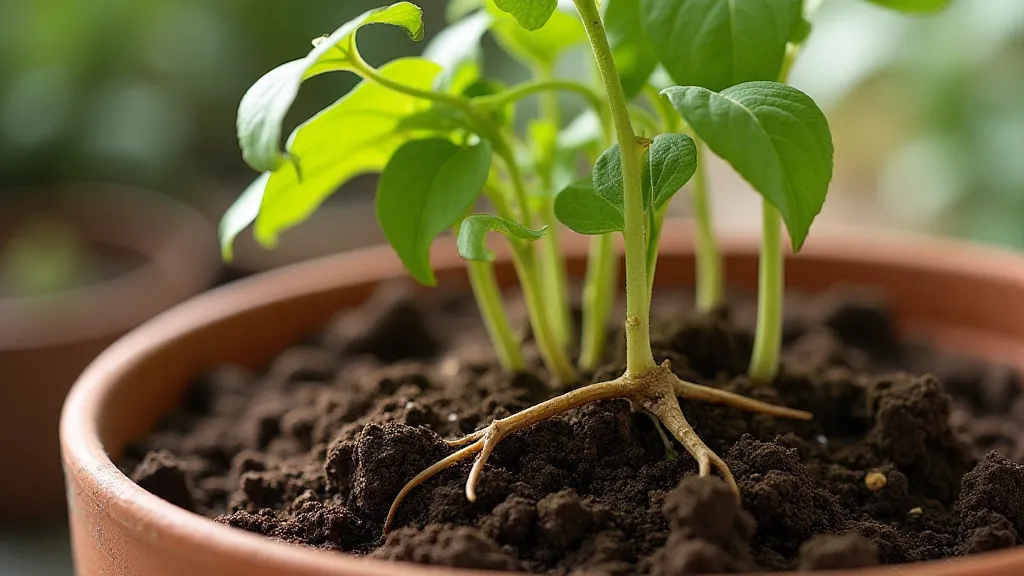
Cultivating a Healthy Root Zone
Promoting healthy root development is crucial for maximizing the potential of your heirloom bean plants. Here are a few key practices:
- Soil Preparation: Amend your soil with plenty of organic matter, such as compost or aged manure. This improves drainage, aeration, and nutrient availability.
- Watering: Provide consistent moisture, but avoid overwatering. Allow the soil to dry slightly between waterings.
- Fertilizing: Use organic fertilizers, such as bone meal or kelp meal, to provide essential nutrients.
- Mulching: Apply a layer of mulch around your plants to conserve moisture, suppress weeds, and regulate soil temperature.
- Avoid Compaction: Minimize foot traffic around your bean plants to prevent soil compaction, which can hinder root growth.
Restoration and Resilience: Lessons from the Past
Just as antique accordions require careful restoration and maintenance to preserve their beauty and functionality, heirloom bean varieties benefit from careful cultivation and preservation. By selecting seeds from the healthiest plants each year, we can ensure that these living legacies continue to thrive for generations to come. In essence, tending to heirloom beans isn's just about gardening, it’s about safeguarding a precious piece of our cultural heritage.
There's a certain quiet satisfaction that comes from understanding the interconnectedness of things—the dance between the above-ground bloom and the hidden world of roots, the lineage of a bean variety and the hands that nurtured it, the whispers of the past carried on the breeze. It’s a connection that resonates deep within, much like the gentle hum of an antique accordion, telling a story of resilience, craftsmanship, and enduring beauty.
